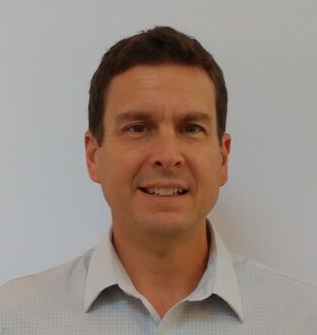
Occupancy in skilled nursing facilities has been experiencing a downward trend as of late. According to a report by the National Investment Center for Senior Housing & Care, it might not just be a seasonal shift. Whether it’s the increasingly complex surgeries that have become viable from an outpatient setting or the growing role of managed care, many factors have led a significant drop in SNF occupancy, with rates hitting an all-time low in 2017.
In a long-term care industry where more and more patients are opting for outpatient care over an SNF, the proper tools are needed to manage an increasingly mobile workforce.
Time tracking and clocking in
To maximize efficiency, it’s crucial to track your hours. In the age of smartphones, this is fortunately easier than ever, with many apps to choose from. Make sure to choose a time tracking system that syncs you with the rest of your team. Whether you’re a manager or a nurse en route to a patient, these apps are a terrific resource to optimize labor.
From a manager’s perspective, keeping track of how much time your employees devote to certain tasks and projects is an absolute necessity when it comes to coordinating with medical professionals at multiple sites and understanding your workforce’s productivity. With the new year in sight, now is as good a time as ever to examine how your workforce allocates its time, in order to better optimize for 2018.
It is also worth noting that time tracking apps double as both a method of tracking how you spend your work hours, and as a means of clocking in and out. These services effectively replace physical timesheets which are outdated and cumbersome in the digital age.
Geofencing
While some may understandably be hesitant at the prospect of having their location tracked during work, geofencing is an extraordinarily useful technology when it comes to shift scheduling and coordination with your mobile workforce. Using GPS technology, geofencing creates virtual boundaries that are activated when certain devices enter or exit a particular area. This is great for holding staff accountable to their responsibilities across multiple work sites — but it isn’t as “Big Brother” as it sounds. As a manager, you should make it clear to your employees that they are only being tracked when they enter their specific job sites, and not off-hours or off-location.
Geofencing also helps you see in real-time who has punched in or out of a shift, giving you the peace of mind that an employee has reached a patient’s home. By capturing a worker’s location and timestamp when he or she arrives on site, this data ensures that patients are given adequate care and attention.
Checklists and scheduling
Every patient comes with their own unique list of needs and tasks for their caregiver. But just like paper timesheets, a physical to-do list is a clunky means of tracking work responsibilities – particularly as you are unable to collaborate on the list as a team. For patient care plans, use an app that electronically records and updates your checklist in real-time, allowing team members to update your colleagues remotely if an unanticipated task comes to their attention. The same goes for scheduling apps, which can issue reminders and updates in real-time to ensure staff are prepared for whatever challenges a day may bring.
Team messaging
A hectic work day across multiple patient homes sometimes calls for a text message instead of an actual phone call. Rather than playing phone tag or calling teammates one by one, team messaging apps can reach everyone en masse and foster more open communication and collaboration. Team messaging apps are becoming an workplace norm, with businesses recognizing the practicality of keeping the whole team in touch with each other outside of email (which can often devolve into lengthy chains and threads that are hard to keep of track of).
Use these apps to coordinate with your fellow nurses and managers to make sure everybody is on the same page with status updates and instant notifications. Being able to send images back and forth between a group of your co-workers allows for greater collaboration in solving problems that may be difficult to describe over the phone. The more conversational tone of text messages may surprise you in how it unites your employees on a more casual, personal level.
Payroll
Odds are, if you’re in charge of payroll, you’ve already tried out applications like QuickBooks and Xero. Those applications are great at what they do, but the spreading out your workforce management tools across multiple programs can be confusing and annoying. Fortunately, some workforce management apps bring all these tools into one place, allowing you to manage every aspect of your business from one platform.
These tools and others can be the difference between a well-oiled healthcare machine and an operational nightmare. With more resources available than ever, there are countless ways you can optimize your workforce, but spreading your tools across too many programs and platforms is an easy trap to fall into. Pick the best all-in-one solution for your business to make sure you’re prepared for the mobile future of LTC.
Bob Drainville is the president of Timesheet Mobile, a GPS-enabled time tracking, scheduling and workforce management technology company.




